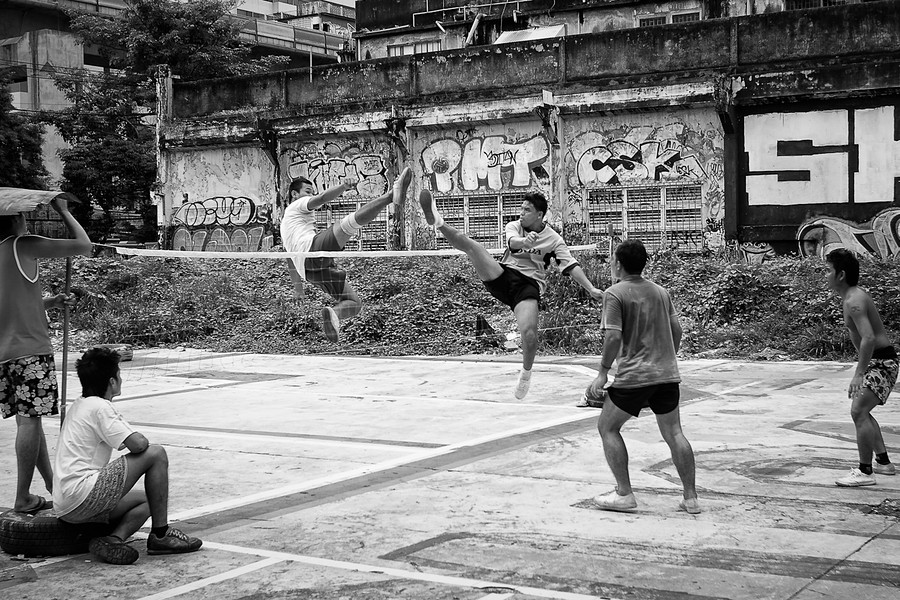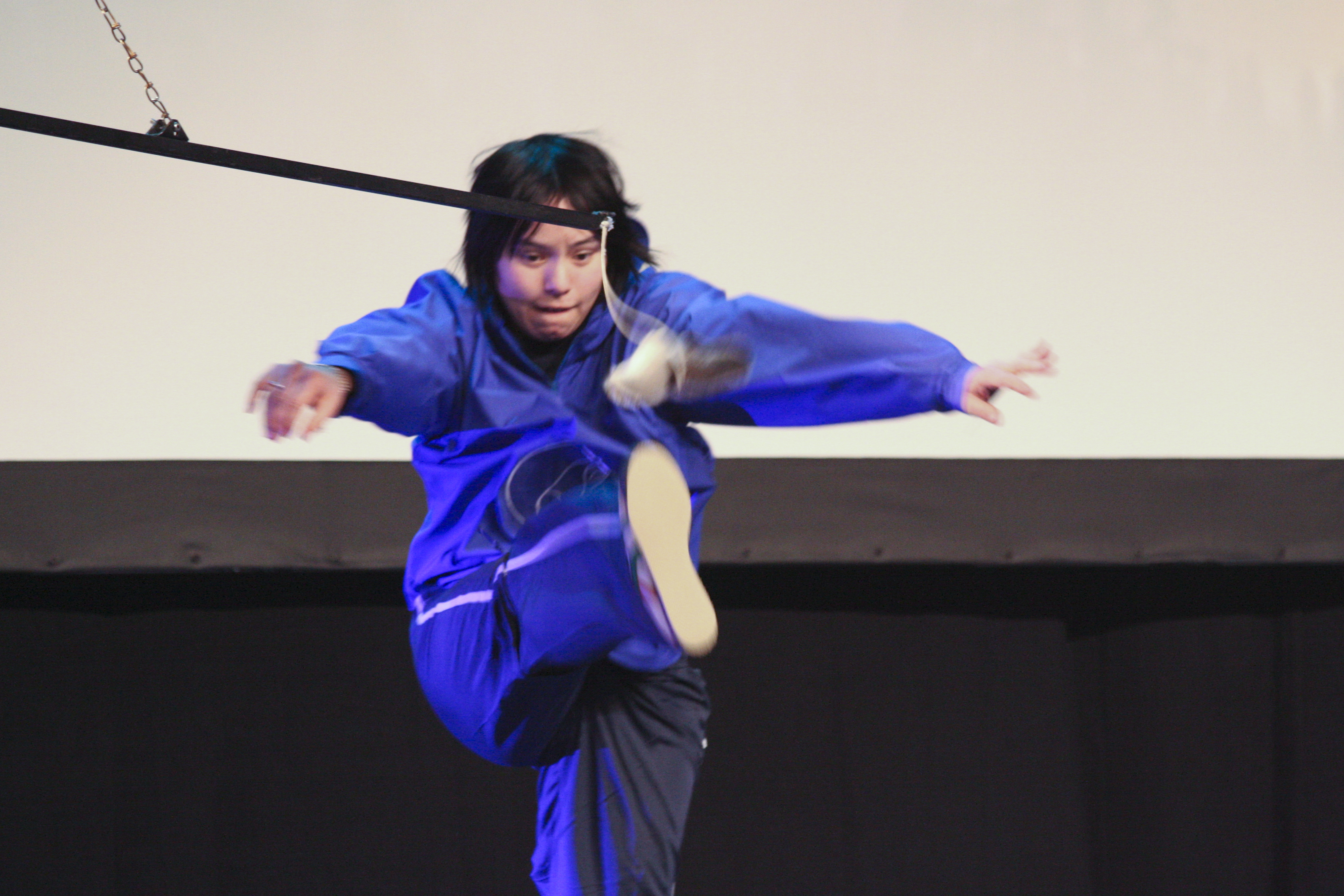Get ready for game day with 3 fascinating sporting events from around the globe

Sports are embedded in college tradition, and no other time reminds us of this quite like Homecoming. But what do sports look like in other cultures? Below, anthropologists from Arizona State University's School of Human Evolution and Social Change reveal the amazing and unexpected sporting events they’ve seen while doing research all over the world.
1. The Mien sports and culture festival
The Mien, an ethnic minority group of highland farmers in Thailand, gather from across the countryside once a year for their sports and culture festival. It’s a time to celebrate and take pride in their traditions.
“The festivals that I have attended seem geared to show off minority culture and identity as fun, presentable and a good fit for national life,” said Professor Hjorleifur Jonsson, who studies Mien history and culture.
Sepak takraw, played throughout Southeast Asia, is a featured game that looks as dramatic as it sounds. It’s similar to volleyball, but because the players can’t use their arms, they launch the ball over the net with lightning-fast high kicks and backflips.
In addition to cross-cultural sports, Mien also have contests specific to their own culture, such as singing tournaments. This is no simple karaoke setup. Their language has a special — and very challenging — dialect used only for songs, so singing tests not only vocals but also memory, pronunciation and accuracy.
“One woman was legendary for her singing skill,” Jonsson said. “When she was about 19 years old, these three young men challenged her to an evening song duel. As I heard of it — many decades later — she sang them all under the table by morning.”
2. The Tsimané soccer tournament
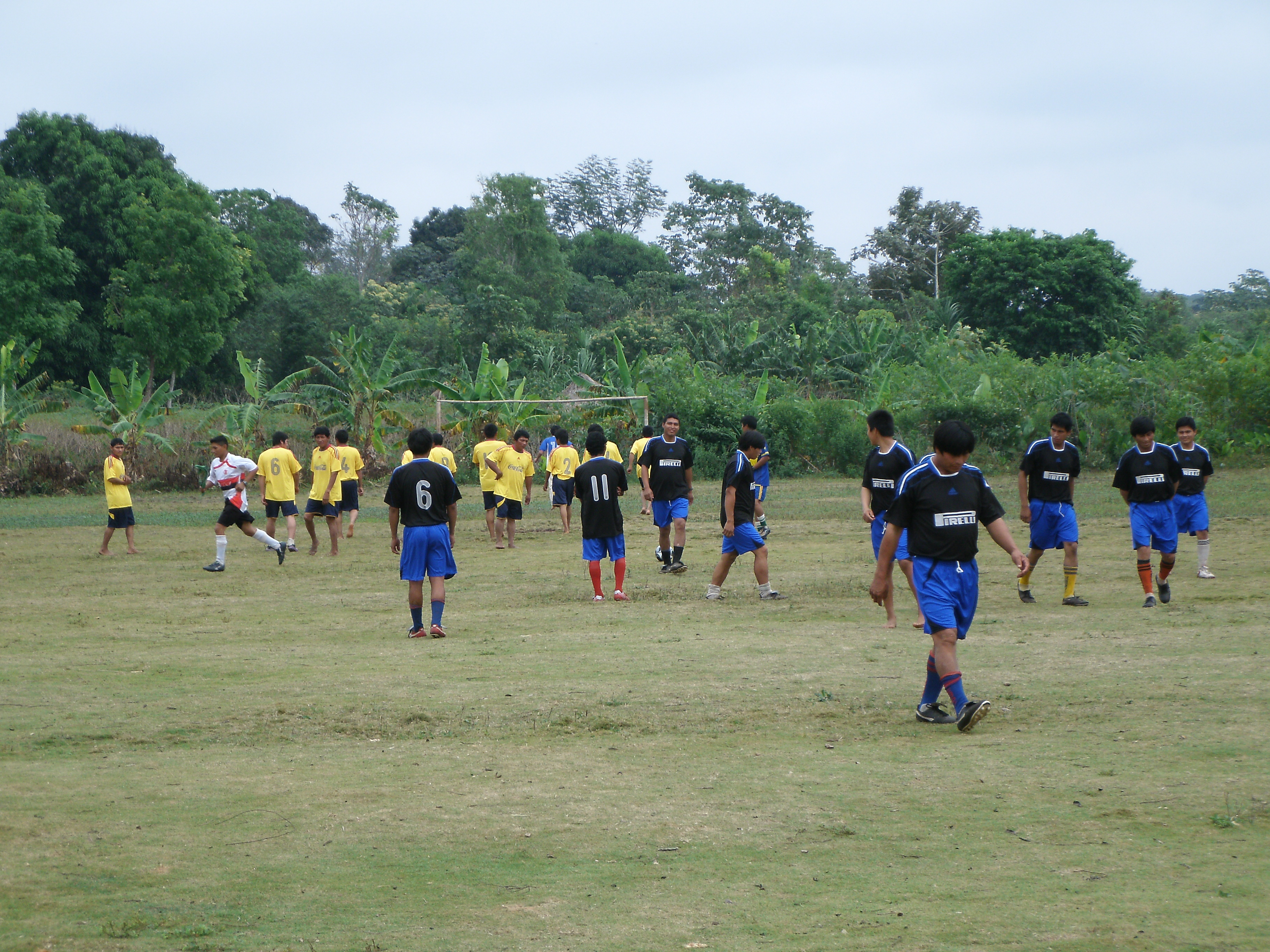
Photo by Ben Trumble
Soccer is often called “the world’s game” because it’s played everywhere — even in remote places like the Bolivian Amazon. There, the indigenous Tsimané people have made the sport an important part of their lives. After a day of farming, hunting and fishing, men gather before sunset to play soccer.
ASU Assistant Professor Ben Trumble helped put together a huge soccer tournament so he could research how male testosterone changes during competition. (His study found that, while Tsimané men have lower average testosterone levels than men from the U.S., they get the same testosterone spike after playing a sport.)
The two-day tournament was unique in that it brought together remote communities that normally wouldn’t get to play against each other. Trumble describes it as a lively social event, complete with crowds of family and spectators as well as lots of food — specifically, two pigs and a cow that he had to go pick out himself.
Although most players didn’t have shoes and the goals were made of tree branches, Trumble said the differences stopped there, with the rules and overall feel of the game like any other.
“It was basically the same pick-up soccer game you would find in any Tempe park on a cool Saturday afternoon,” Trumble said.
3. The Fourth of July games in Alaska
Each village in northern Alaska hosts a Fourth of July festival that celebrates their region’s indigenous cultures. Athletes compete in a variety of sports — many borrowed from the World Eskimo-Indian Olympics — that test their fitness to survive in the harsh North.
Everyone in town is there to play or cheer others on, explained Assistant Professor Shauna BurnSilver. And after the games are done for the day, there’s a big meal, music and dancing. BurnSilver went to a festival herself while studying cooperation and food-sharing patterns in an Athabascan Gwich’in community in Venetie, Alaska.
One of the most popular sports is the one-foot high kick, where contestants use one foot to jump, kick at a little ball hanging in the air, and then land balanced, all without the other foot touching the ground. According to the WEIO website, the high kick originated as a way for hunters to signal their villages to help them bring home large game.
The most unexpected contest BurnSilver saw had competitors putting their bodies on the line — literally. Known as the mosquito hunt, kids had five minutes to catch as many of the bugs as they could.
“Techniques varied, but my favorite was to go stand under the trees, push up your sleeves and then catch as many as landed on you. The winner had 38!”
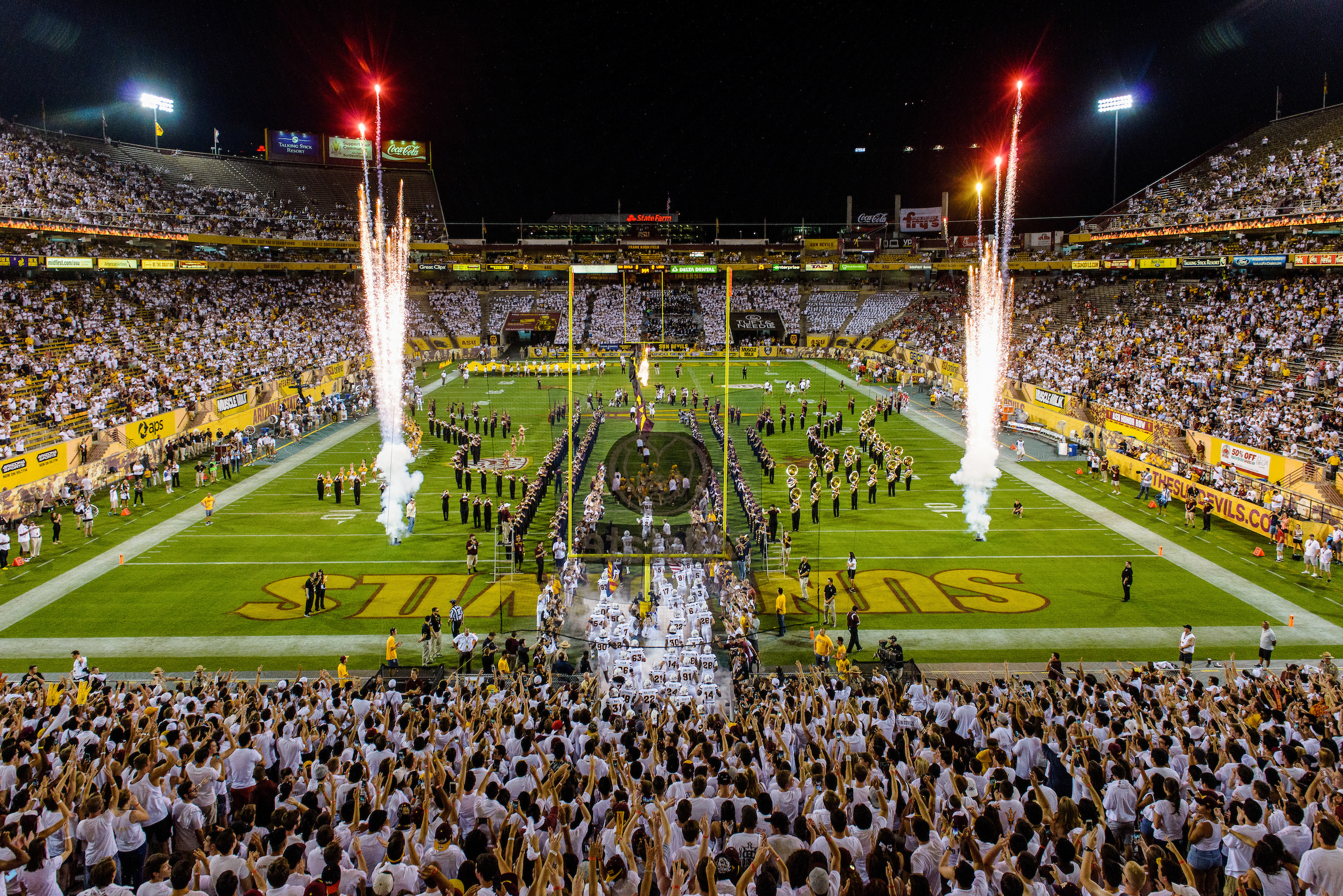
While these sporting events may not all focus on the same kinds of skills that will be on display at this week’s ASU Homecoming game, they all share key traits that make up the core of what everyone loves about game day: community spirit, traditions, good food and the thrill of a shared experience.
Let’s kick that off in our corner of the world by cheering, “Go Sun Devils!”
More Arts, humanities and education
AI literacy course prepares ASU students to set cultural norms for new technology
As the use of artificial intelligence spreads rapidly to every discipline at Arizona State University, it’s essential for students to understand how to ethically wield this powerful technology.Lance…
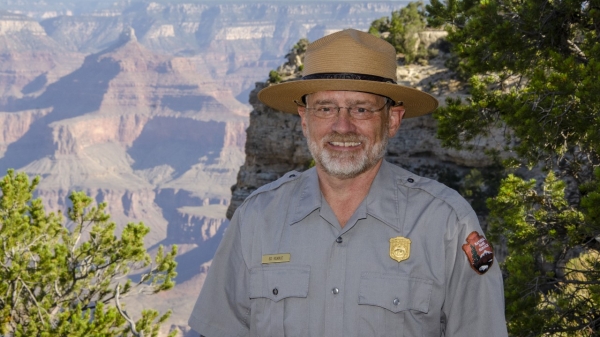
Grand Canyon National Park superintendent visits ASU, shares about efforts to welcome Indigenous voices back into the park
There are 11 tribes who have historic connections to the land and resources in the Grand Canyon National Park. Sadly, when the park was created, many were forced from those lands, sometimes at…
ASU film professor part of 'Cyberpunk' exhibit at Academy Museum in LA
Arizona State University filmmaker Alex Rivera sees cyberpunk as a perfect vehicle to represent the Latino experience.Cyberpunk is a subgenre of science fiction that explores the intersection of…
